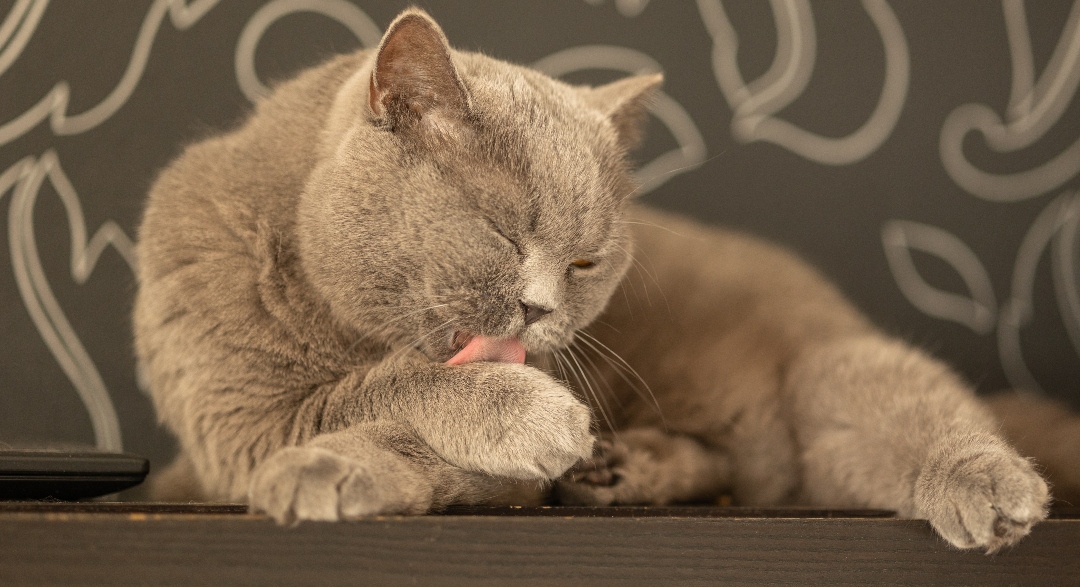
A cat with dandruff has a dry, itchy, and flaky skin condition. The majority of cats are unknowingly affected by this condition. As a result of dandruff, the skin becomes dry and itchy as white specks appear on it.
This poor state of skin can be caused by a lack of omega-3 fatty acids in a cat's diet. The loss of natural oils and moisture from the skin in cats may also cause dandruff.
Your cat's lifestyle can also affect the development of dandruff. They can get dandruff if their environment is too warm, which causes their skin to dry out and produce too much oil. This is a common problem for indoor cats, and excessive grooming can lead to skin problems. Regularly washing your cat can irritate its skin if you use products other than cat shampoo.
Additionally, external parasites like fleas, lice, ticks, and parasitic mites like Demodex Canis can cause dandruff. It is also possible to get infected with Cheyletiella mites, which can cause a highly contagious form of dandruff called "walking dandruff." Humans can also be infected with this mite species.
It is possible for overweight cats to have difficulty grooming themselves, which can also lead to dandruff.
Itchy cats can be kept comfortable with topical applications that will relieve their discomfort.
To make your cat feel better, you can raise the humidity in the house. Your cat's dandruff will be aggravated by dry air, and its hair will become brittle and dry. You should not use a blow dryer on your cat during this period when he has dandruff and needs grooming.
For the same reasons as above, do not let the cat out in the heat. Do not let him out until the late afternoon, after the sun's heat has dissipated.
In most cases, dandruff isn't serious and can be treated. There are times, however, when dandruff can be a sign of a severe health condition. You should consult your veterinarian to rule out any potential medical causes and determine the best course of action.